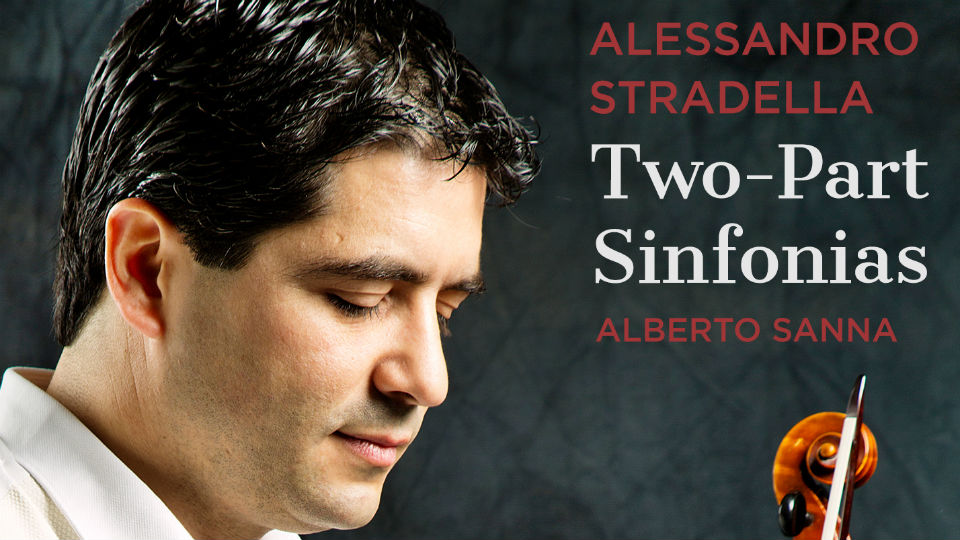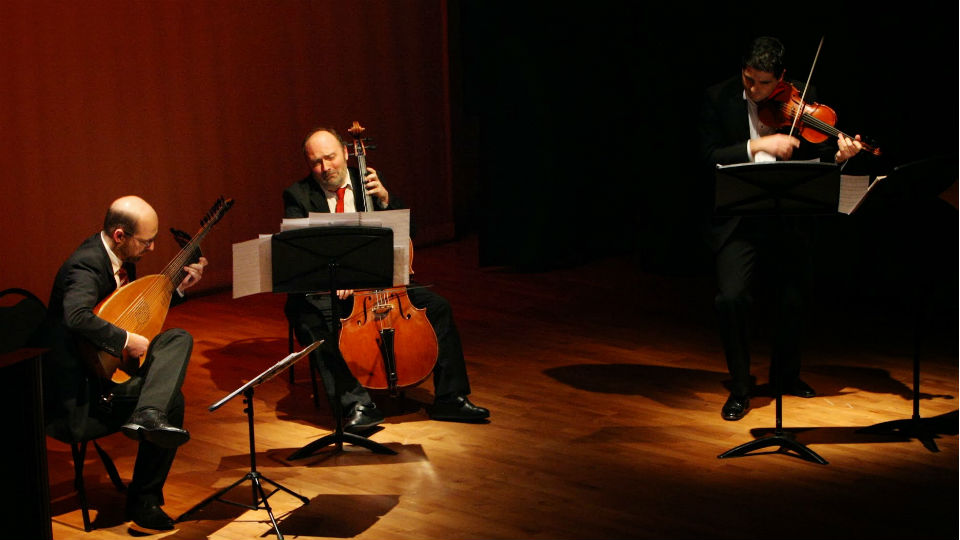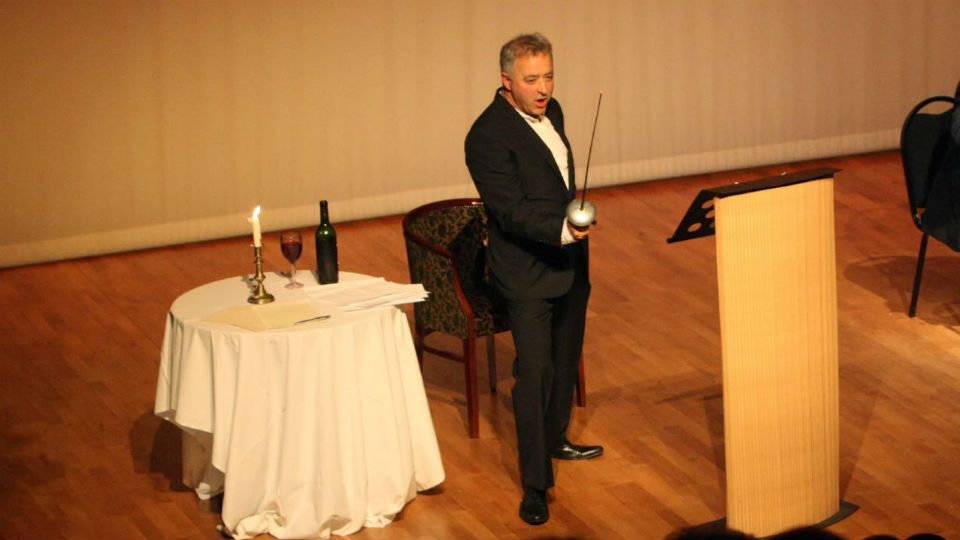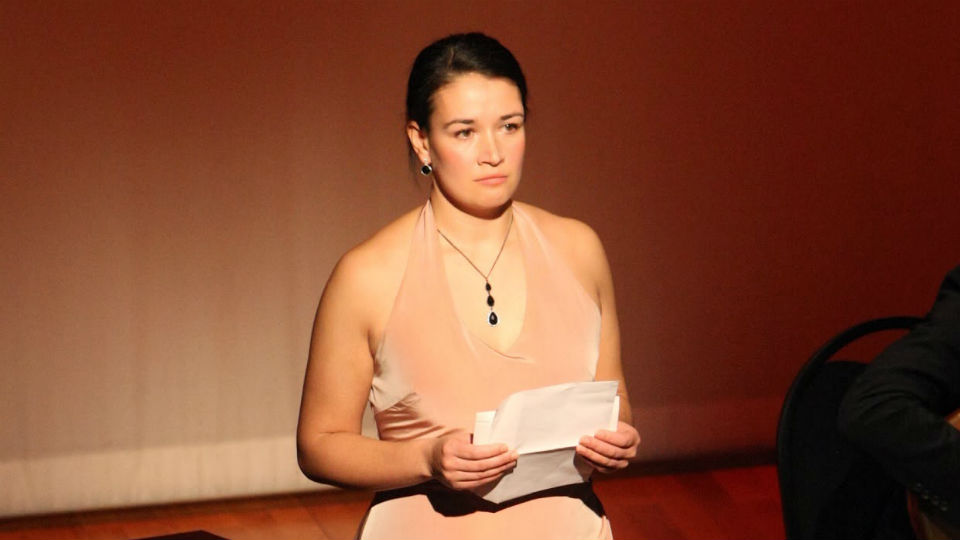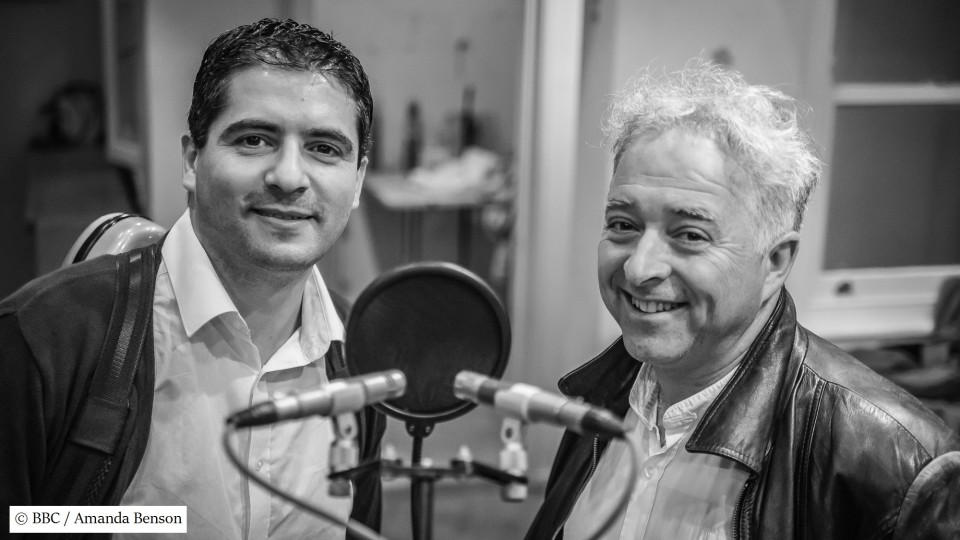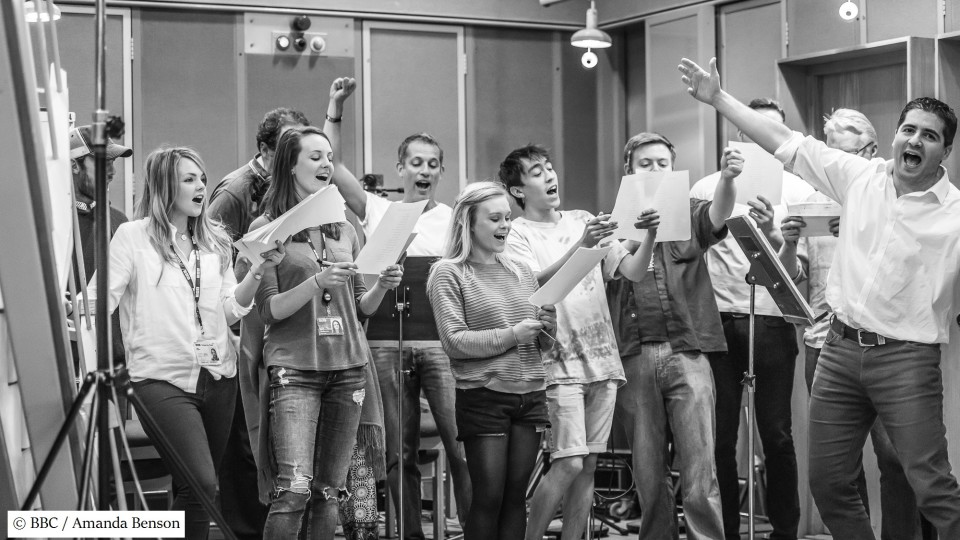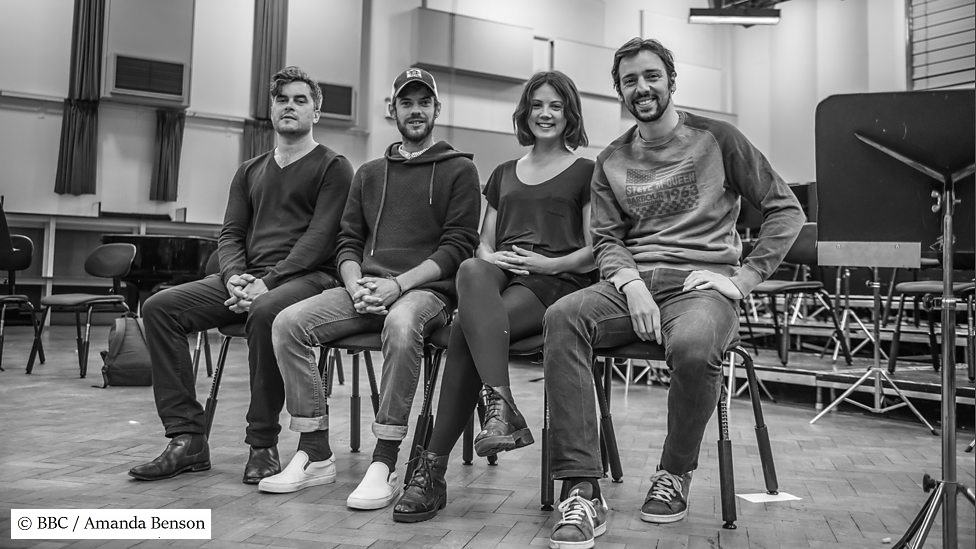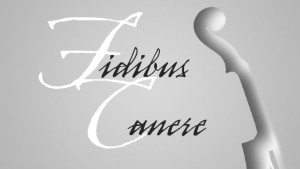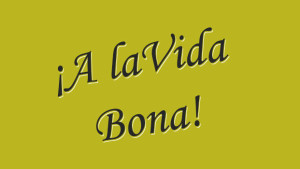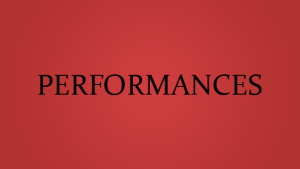Alessandro Stradella (1639-1682)
Questions and Answers
What is a two-part sinfonia? In the seventeenth century sinfonia was a generic Italian name for multi-movement instrumental compositions, whether for small or large ensembles. A two-part sinfonia – or sinfonia a2 in the terminology of the time – is a one-to-a-part composition for two melodic instruments such as, for example, two violins or a violin and a violoncello. Even when providing an accompaniment to the two melodic parts, a chordal instrument such as the organ was never factored into the overall number of parts, though specified in the title page of publications.
Who would have played and heard Stradella’s sinfonias? The Stradella sinfonias are multi-purpose compositions that, although primarily destined to private recreational ends, may well have served as functional music for a variety of public and semi-public occasions – for example as an introduction to a religious ceremony. For the same reason, though intended for professional instrumentalists, they may also have been played at home by amateur performers belonging to the ranks of the aristocracy.
What is a ‘sound ideal’? A sound ideal is the most desirable sound in any given performing medium. Seventeenth-century music theorists often referred to a particular type of voice or combination of voices as being ideal. For example, for a long time the sound of a male soprano, the so-called castrato, with its combination of range and power was considered superior to that of its female counterpart. When several instruments in various ranges were playing together, the main issue was how to match their individual sounds to create the ensemble’s overall sound. As in a modern pop or rock band, the resulting sound was the ensemble’s hallmark, what made it distinctive. Thus a historical study of the sound ideals of seventeenth-century court musicians aims to demonstrate that, under normal circumstances, specific types of voices and/or instruments would have been employed for the performance of specific musical genres.
How does the choice of instruments affect how we hear the music? However well-informed, every attempt at reconstructing a historical sound ideal is by definition an experiment. And yet, if repeated several times by different performers across the world, what starts off as an experiment becomes in time a shared practice – a standard way of going about a specific sound ideal. This is how the choice of instruments affects the way we hear the music. For example, Arcangelo Corelli’s op. 5 sonatas for violin and cello are ordinarily performed with no fewer than three instruments (and often with four). One can see how this long-established performing convention sets the sound expectations of modern audiences whenever they attend a concert of less familiar instrumental compositions in two parts.
What is the impact of digital recording on historical sound ideals? The process of recording, mixing and equalising the sound of a period-instrument ensemble is just as crucial as that of choosing the appropriate historical instruments and trying to exploit fully their expressive potential. To put it simply, the sound engineer and the producer are co-interpreters. Their degree of intervention is such that, if they wish to do so, they can turn the acoustics of a small concert room into that of a large church hall and vice versa. More positively this means that the Stradella recording would not have been the same without the outstanding technical knowledge and exquisite musical sensibility of Dr Ian Percy of Liverpool Hope University.
Alberto Sanna © 2016


